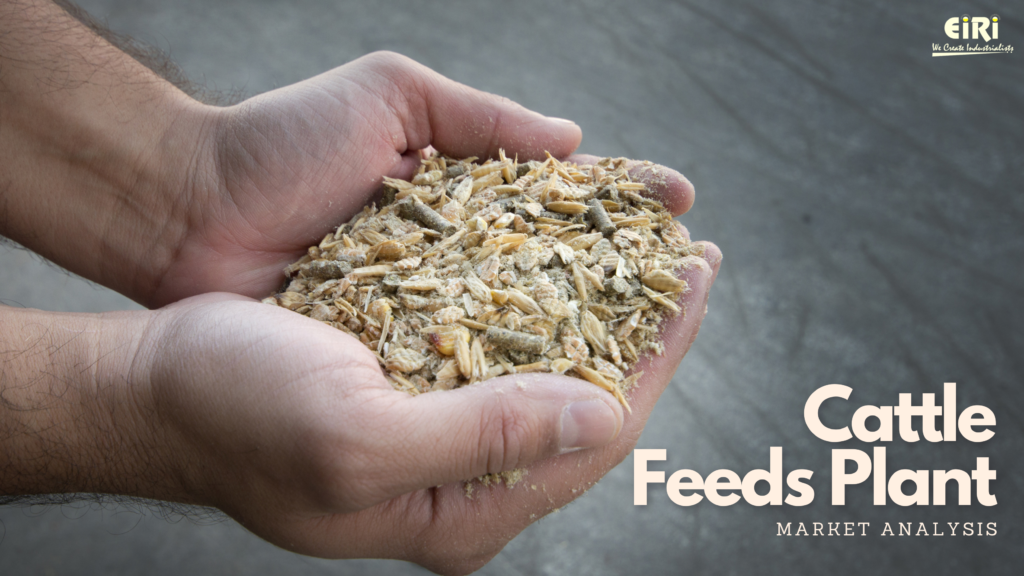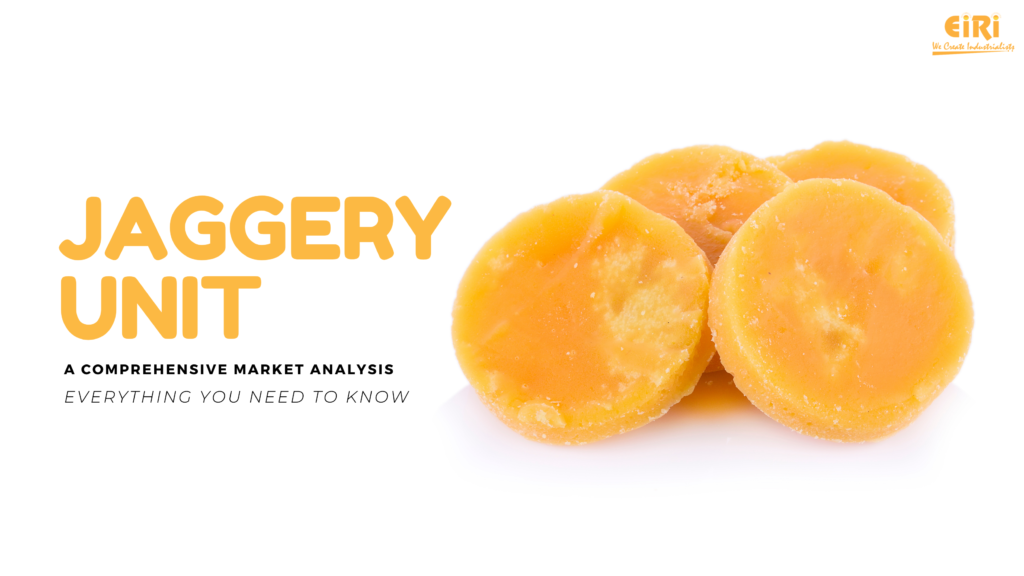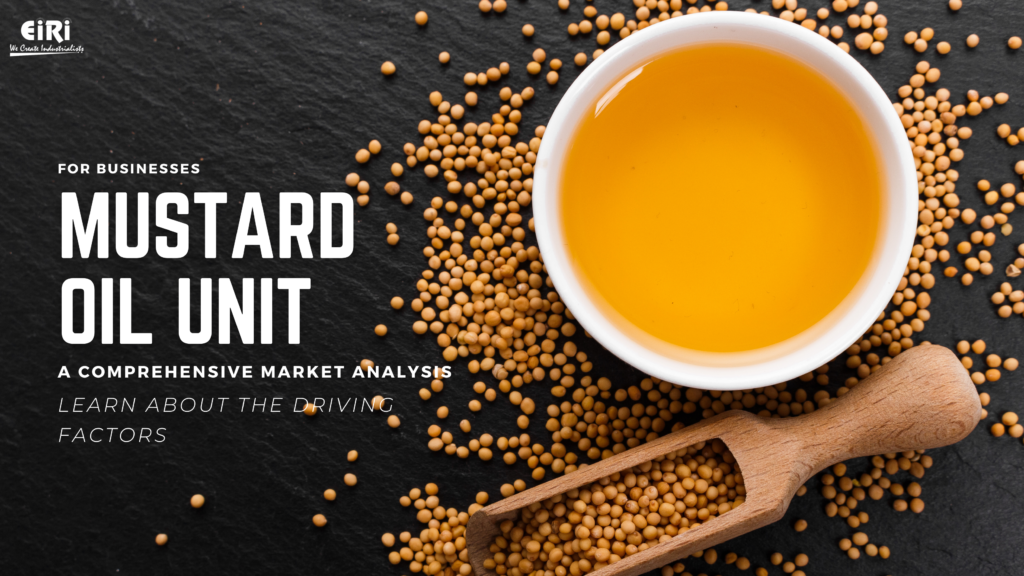Fractional Distillation Of Essential Oil & Medicinal Plant Extract
Fractional Distillation:-
It is a distillation in which rectification is used to obtain product as nearly pure as possible. A part of the vapour is condensed and the resulting liquid contacted with more vapor, usually in a column plates or packing. The term is also applied to any distillation in which the product is collected in a series of separate components of similar boiling range. Citronellol has wide use in the perfumery and fragrance industry. It is used for the floral odours mainly for the rose types.
USES OF LEMON GRASS OIL: Perfumes, flavouring, isolates and ionones for perfuming soaps& detergents used in disinfectants of germicioal preparations as a sources of citrolfor use in cosmetics and perfumery. This process is unique and profitable. Fractional distillation is the separation of a mixture into its component parts, or fractions, separating chemical compounds by their boiling point by heating them to a temperature at which one or more fractions of the compound will vaporize.
Fractionation is carried out at reduced pressure (partial vacuum) and usually by distilling the oil alone, without leading the water into the retort or injecting live steam into the oil. This process of dry distillation in vacuo is widely applied in the essential oil industry today. By its means pressure can be so far lowered that temperature has no longer any marked influence upon quality. The pressure should not be higher than 5 to 10mm. Hg as measured in the still above the boiling liquid. How far the temperature of some oil constituents can be reduced is shown by this example: linalool, the main constituents of linaloe oil, boils at a temperature of 198o at atmospheric pressure (760 mm.), and at:
105.4o at 30 mm. pressure
97.2o at 20 mm. pressure
84.4o at 10 mm. pressure
72.8o at 5 mm. pressure
Palmarosa oil is extracted from Cymbopogon martini (also known as Cymbopogon martinii var. martinii) of the Gramineae family and is also known as East Indian and Turkish geranium, as well as Indian rosha and motia. Uses of Geraniol: Perfumery, flavouring.
This particular essential oil is fast becoming a firm favorite in essential oil therapy and aromatherapy, as it has excellent skin care properties and is also used to relieve stiff and sore muscles, while calming the mind and uplifting and invigorating the spirits and clearing muddled thinking. Cinnamon leaf oil is used for flavouring, perfumery, medicinic confectionery soap and a common adulterant for cinnamon bark oil. It is a convenient raw material for the extraction of eugenol from which vasillin and other products are prepared. It is used as an embrucation in rheumatism.
EIRI have recently prepared the detailed project report on FRACTIONAL DISTILLATION OF ESSENTIAL OIL & MEDICINAL PLANT EXTRACT.
-
Sale!
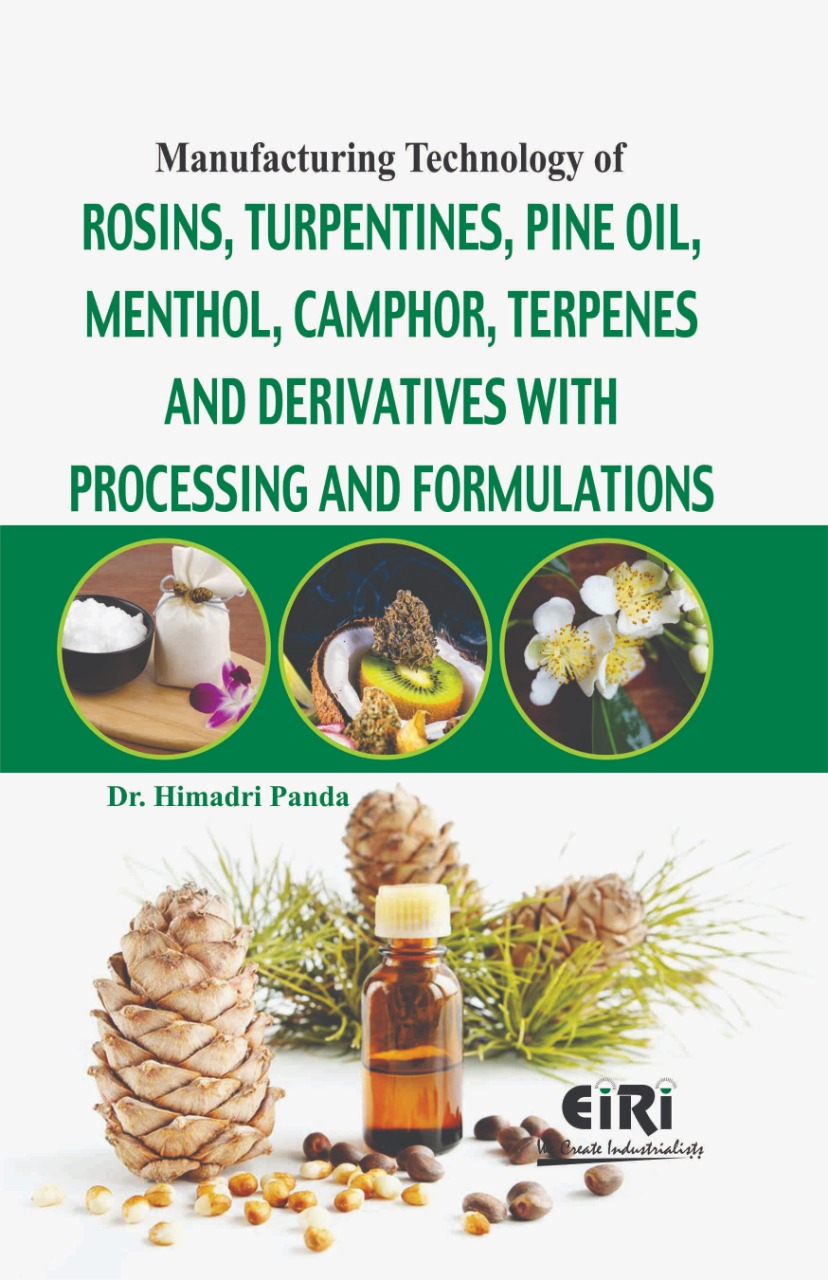
Manufacturing Technology of Rosins, Turpentines, Pine Oil, Menthol, Camphor, Terpenes and Derivatives with Processing and Formulations
USD160.00USD49.00 Add to cart -

FRACTIONAL DISTILLATION OF ESSENTIAL OIL & MEDICINAL PLANT EXTRACT
Read more -

CASTOR OIL AND ITS DERIVATIVES (OLEORESIN, TURKEY RED OIL, DCO, HCO, SEBACIC ACID, 12-HYDROXY STEARIC ACID WITH COLD PRESSED, CP GRADE, COMMERCIAL GRADE, SPECIAL FIRST GRADE CASTOR OIL)
Read more -

31 Project Reports on Essential Oils, Perfumes, Flavours & Aromatic Compounds
Read more -
Sale!
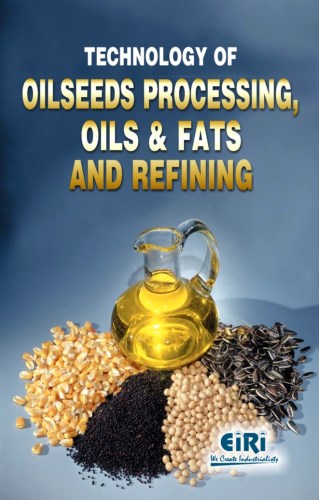
Technology Book of Oilseeds Processing, Oils & Fats and Refining
USD325.00USD59.00 Add to cart -
Sale!
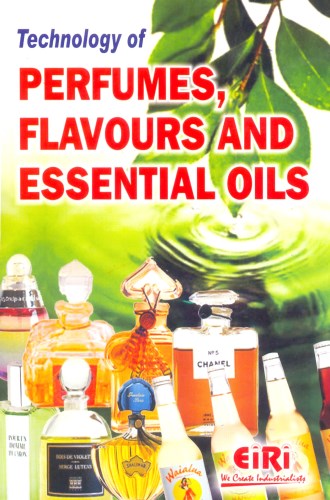
Technology Book of Perfumes, Flavours and Essential Oils
USD275.00USD59.00 Add to cart
Citronellol (C10H20O) is one of the most important perfumery materials, widely used in various perfumes and is also used as an effective sweetener in floral and fancy formulations. Citronellol is available in form of colourless liquid having specific gravity of 0.849 to 0.859 It has some what rosy odour and is very widely accepted in the floral perfumes mainly for the Rrosy fragrances. The boiling point of citronellol is 245oC at the atmospheric pressure of 760 mm of mercury. citronellol is found to be soluble in 70% alcohol solution in two or more volumes. It is soluble in the most of oils. citronellol oil has refractive index of 1.456 to 1.458, with optical rotation of about – 1o 30′ to + 5o.
Citronellol is found in wide variety of essential oils, namely, oil of citronella and geranium. Citronellol ex-geranium is laevo-rotatory and is called rhodinal in commerce. However, the major portion of commercial is optically inactive and is produced by reduction of citronellol present in oil of Citronella (Javatype). The genius ‘Eucalyptus’ comprises over 500 species and a large number of them have been utilized for the production of aromatic oils. The oils obtained by the steam distillation of leaves and terminal branches or various species are distinctive in character.
Cinnamon oil of commerce from the bark and leaf of cinna momum zeylanicum. The largest producer of cinnamon oil is Ceylon; Seychelles occupies the second place.
It is a very important essential oil. The chief constituents of clove oil are Engenol (80 %) and sesquiterpens (20 %). Uses of Eucalyptus oil:- The oil is used mainly for medicinal purposes. It is used as an antiseptic and deodorant inhaled for relieving cough in chronic bronchitis, asthma, catarrhol colds and to prevent infection, an ointment containing oil is soft paraffin is employed in the treatment of burns and as antiseptic dressing.
EXTRACTION OF ALKALOIDS FROM SOLANUM KHASIANUM
Solanum is a large genus of herbs, shrubs & rarely tree, found throughout the temperates & tropical parts of the world. Over 50 species have been recorded in India & a few ornamental exaties have been & introduced into the gardens.
The genus is economically very important,as several species are sources of food, fodder & drugs. Some varieties are grown in gardens for ornament. The common potato is not only a prime food but also a source of starch, flow, dextrin, syrup, several alcohols, Fodder ( especially for hags) & a host of other minor industrial products. Fruits of the eggplant or brinjalo are consumed as a summer vegetable all over India. Leaves of Black Nightshade have long been used in medicine for treatment of serofulous dyscrasias.
EXTRACT OF STRYCHNINE AND BRUCINE NUX VOMICA SEEDS
Various species of the genus strychnos contain the alakloids strychnine and brucine; strychnos nux vomica and strychnos ignatir are the most important and of these the former is official.
The alkaloid strychine is the pure state occurs as prismatic headle shaped or crystal and on account of this has been mistaken for certain non poisonous inorganic salts e.g. magnesium sulphate. It is an intensively bitter substance. The taste being appreciable even in a 600,000 solution in water.
This alkaloid except in the laboratory is only met with mixed strychine i.e. in preparations of nux vomical brucome resembles stychine in its action but is very sweat and only slightly toxic. Probably 20 to 25 grains would be necessary to cause death and it is doubtful if any authenticated cases of poisoning by this alkaloid alone have occured.
Indian Market
The unit have got a good demand in All India and there is a huge gap between demand and supply. India overwhelms senses in so many ways, India has a different pace of life, crowds of people visible everywhere, rush of sounds, richness of colors and smells. Indian fragrance market size is roughly USD 225 million which has been growing at CAGR of 10% since last five years. Soaps and Fabric wash together with 56% market share are the two largest categories in the Indian Fragrance market and deodorants is the fastest growing segment with CAGR of 40%. Though different part of country will have its own distinctive fragrances but broadly the smell of India can be described as the morning frangipani fragrant from the local temple to the sweet aroma of chai blended with spices overwhelmed by the smell dust, sweat and burning cow dung transcending to captivating smell of wet earth and nature during monsoon to lingering smell of jasmine and sandal incense.
FRACTIONAL DISTILLATION OF ESSENTIAL OIL & MEDICINAL PLANT EXTRACT have got tremendous demand in India and also having an export market. An entrepreneur can setup the unit any where in India where the raw materials are available in plenty of quantity.
Process:
General process of extraction may be discussed as below followed by the specific process.
In one general method for extraction and subsequent purification, water and alcohol is used either alone or mixed with dilute acid i.e. acetic acid. Hydrochloric acid Sulphuric acid are not generally preferred in the availability of acetic acid, due to its complex salts formed by it. Aqueous extracts present the disadvantage that their subsequent process is rather tedious. Such extracts contain both organic and inorganic salts, are usually difficult to subject ot fermentation and almost always lend themselves readily to the formation of difficult emulsible organic solvents.
When alcohol is used as solvent, it is often necessary to defeat the drug with a petroleum solvent. Defalting is especially important with seeds and sometimes with leaves, but rarely necessary with bark and roots. Although alkaloids are in general not soluble in petroleum solvents used for deflating, they sometimes have enhanced solubility in solution of fat in the solvents. The extract has therefore to be checked for the presence of alkaloids with any of the commonly used alkalid reagents. The extraction of fat soluble alkaloids may be desirable as is the case with iochnericine in vinca rosea. If it is undesirable, it oan be prevented by first treating the drug with a strong acid or an acid salt to bined alkaloids in the drugs as salts. The use of alcohol remove both the alkaloids and their salts, accompainied by a miscellany of pigment sugars, other organic compounds and inorganic salts. In a sceond general method for extraction ammopnia is used o alkaline the drug, thus converting rhe salts into free bases. The drug is subsequently extracted with a suitable organic solvent such as ether, chloroform or benzene. In some cases the desired alkaloids is heat labite and it is essential to select a low boiling solvent .
Plant Economics:
There are various plant capacities of this unit:
FRACTIONAL DISTILLATION OF CITRONELLOL OIL:-
1. Citronellol 2250 Kg./Year
2. Geraniol 9000 Kg.//Year
3. Borneol 2250 Kg.//Year
4. Linalool 1500 Kg./Year
FRACTIONAL DISTILLATION OF CINNAMON LEAF OIL:-
5. Eugenol 12000 Kg.
6. Cinnamic aldehyde 750 Kg.
7. Essential oil (mixed fraction)
FRACTIONAL DISTILLATION OF CLOVE OIL:-
8. Eugenol 12000 Kg.
9. Sesquiterpenes 3000 Kg.
FRACTIONAL DISTILLATION OF EUCALYPTUS OIL:-
10. Low Boiling Alcohols aldehydes etc. 375 Kg//Year
11. Alpha-pinene 1800 Kg./Year
12. Beta-pinene 1800 Kg.
13. Cineole (Eucalyptol) 10,500 Kg.
14. Aluminium oxide 450 Kg.
FRACTIONAL DISTILLATION OF LEMON GRASS OIL:-
15. Citral 12,000 Kg.
16. Geraniol 2970 Kg.
17. Methyl heptenone 30 Kg.
18. Alkaloids from vinca rosea 700 Kg.
19. Alkaloids from solanum khasianum
20. Strychnine from nux vomica seeds
21. Brucine from nux vomica seeds 600
Plant and machinery: Rs. 1.48 Cr.
Rate of Return 41%

